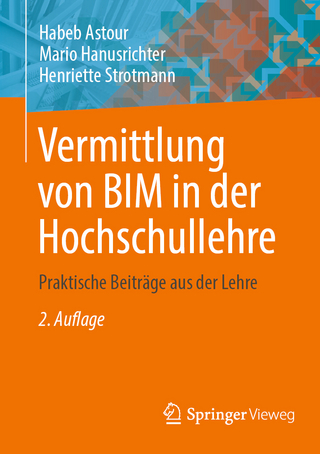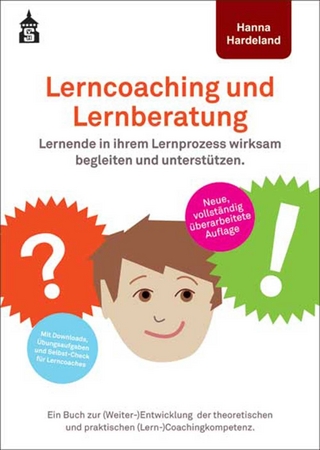
Streamlined ID
Routledge (Verlag)
978-0-8153-6670-6 (ISBN)
Streamlined ID presents a focused and generalizable approach to instructional design and development – one that addresses the needs of ID novices as well as practitioners in a variety of career environments. Highlighting essentials and big ideas, this guide advocates a streamlined approach to instructional design: producing instruction that is sustainable, optimized, appropriately redundant, and targeted at continuous improvement.
The book’s enhanced version of the classic ADDIE model (Analysis, Design, Development, Implementation, and Evaluation) emphasizes the iterative nature of design and the role of evaluation throughout the design/development process. It clearly lays out a systematic approach that emphasizes the use of research-based theories, while acknowledging the need to customize the process to accommodate a variety of pedagogical approaches.
This thoroughly revised second edition reflects recent advances and changes in the field, adds three new chapters, updates reference charts, job aids, and tips to support practitioners working in a variety of career environments, and speaks more clearly than ever to ID novices and graduate students.
Dr. Miriam B. Larson is an instructional designer and researcher at the University of Tennessee, Knoxville, who supports faculty in their efforts to create and deliver online instruction. She is also an adjunct Assistant Professor in the Instructional Technology graduate program at the University, and has over 30 years of experience designing instruction for organizations in a variety of career environments. Dr. Barbara B. Lockee is Professor of Instructional Design and Technology in the School of Education at Virginia Polytechnic Institute and State University, USA. For over 25 years, her research and teaching has focused on the design of effective learning solutions, with a special emphasis on distance and distributed learning. She engages in performance consulting in a variety of contexts, including healthcare, military, aerospace engineering, and industrial training. She is Past President of the Association for Educational Communications and Technology (AECT).
1. The Iterative Design Process Part 1: Analyze 2. Analyze Needs and Project Scope 3. Analyze Learners 4. Analyze Instructional Contexts 5. Analyze Content Part 2: Design 6. Design Learning Theories and Perspectives 7. Design Outcomes and Alignment 8. Design Assessments 9. Design Instructional Strategies 10. Design Technologies 11. Design: Instructional Messages Part 3: Develop 12. Production of Instruction Part 4: Implement 13. Implementation Part 5: Evaluate 14. Evaluation Appendices
| Erscheinungsdatum | 23.12.2019 |
|---|---|
| Zusatzinfo | 103 Tables, black and white; 267 Line drawings, black and white; 14 Halftones, black and white; 281 Illustrations, black and white |
| Verlagsort | New York |
| Sprache | englisch |
| Maße | 210 x 280 mm |
| Gewicht | 1120 g |
| Themenwelt | Sozialwissenschaften ► Pädagogik ► Erwachsenenbildung |
| ISBN-10 | 0-8153-6670-1 / 0815366701 |
| ISBN-13 | 978-0-8153-6670-6 / 9780815366706 |
| Zustand | Neuware |
| Haben Sie eine Frage zum Produkt? |
aus dem Bereich


